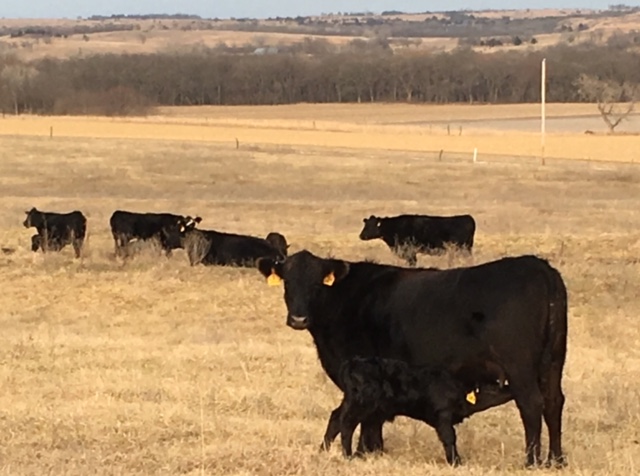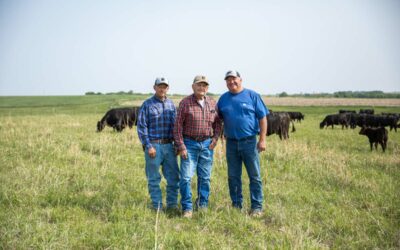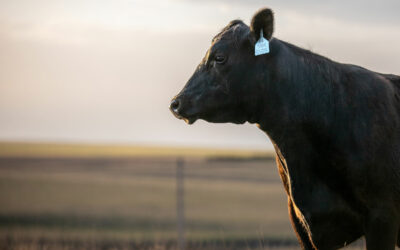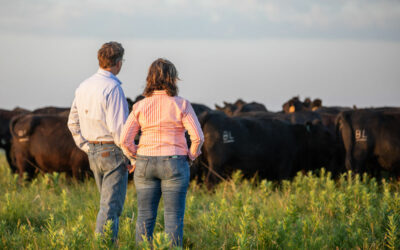Story and photos by
Abbie Burnett
September 25, 2019
You may not notice the beautiful wooden table in Steve and Ginger Olson’s well-lit dining room. That’s because it’s usually just set up to seat four, maybe six. But there’s a story behind the custom-made heritage table, expandable to seat 24.
The Olsons had it built because it’s important that every single person in their family gets a seat at the table. No second table in a different room for their seven grandsons.
And if they could sit everyone at the same table, when guests come to tour the Olson Land & Cattle Angus seedstock ranch near Hereford, Texas, they absolutely would. For close to 30 years now the family has hosted ranch tours for the Certified Angus Beef ® (CAB®) brand.
At the brand’s request, they’ve also been attending media events and other venues where the public can interact with ranchers. Every time, people find the Olson hospitality, a quiet comfort and gentle service to others wherever they go. They intermingle with chefs and distributors, answering questions about ranching and how cattle are raised, making each person just as welcome as if they were back in Texas gathered around that table.
These are some of the reasons the Olsons received the 2019 CAB Ambassador Award.
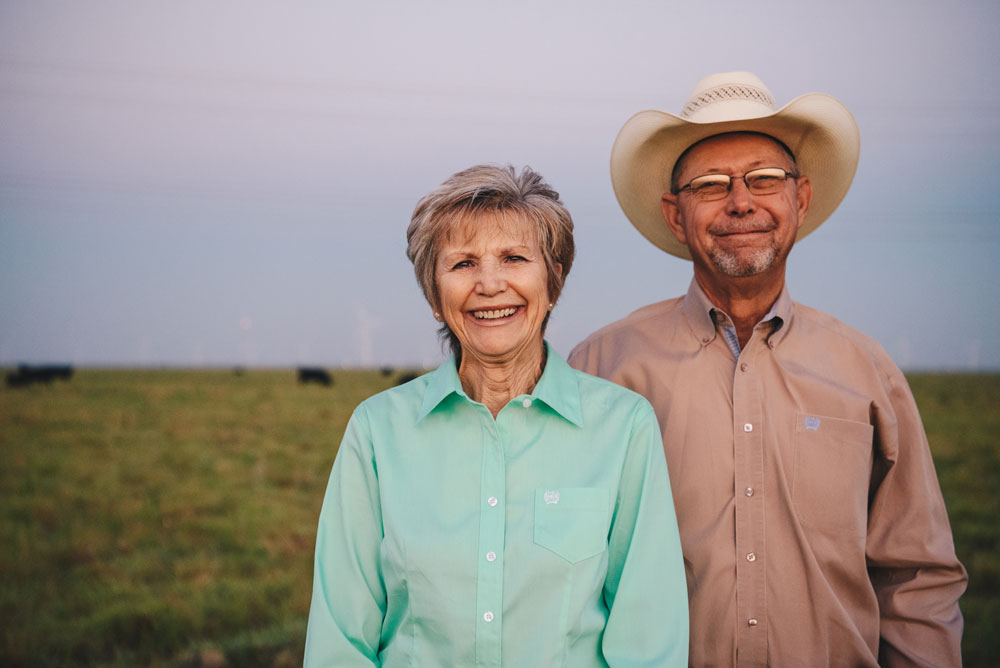
More than education
The whole concept of ranch days for CAB is sharing the gate in “gate to plate.” When guests arrive midafternoon, they sit on hay bales in the working barn and get an overview of the brand. Then they split into smaller groups and start rotations out to the pastures and back, learning the nitty gritty from every family member they encounter.
Steve, a member of the U.S. Roundtable for Sustainable Beef, will cite four points of sustainability at his station: animal welfare, protecting the land, caring for the people, and profitability to keep it all going.
“I think the cattle industry is sustainable in every aspect, but I also believe that we, as cattle producers, have that responsibility to share with others,” he says. “It’s other people being inquisitive about where their food comes from—and certainly there’s a need for that—and if we don’t fulfil that need, then they will find answers from other people that maybe don’t know all of the truth about cattle production.”
Steve does not shy away from consumer concerns related to antibiotics. First, he likes to hold up a 100-cc bottle of an Draxxin and tell them it’s $450 just for the one bottle.
“That statement alone will get some wide eyes across the room,” he says. It soon becomes clear that ranchers don’t use antibiotics without good reason but only to help cattle recover from illness. Better yet, he tells them how they keep most cattle from experiencing illness.
“We regularly vaccinate all of our calves and cows,” he tells guests. “The veterinarian has helped us with a protocol to prevent cattle sickness and disease. It seems like we’re always doing something down those lines to ensure their health.”
Son-in-law Scott Pohlman will walk the chefs through cattle handling, husbandry and what they eat while daughter-in-law Kristi might demonstrate artificial insemination and embryo transfers. When they gather back together, the Olsons’ grandsons will have their show heifers set up, a demonstration to the chefs about the next generation of ranchers.
Through each phase, the Olson family has a way of bringing complicated concepts to common understanding.
For example, Scott relates calf weaning to sending your kids to their first day of kindergarten. It’s hard at first, there might even be some crying, but at the end of the day everyone’s happy. Guests invariably go, “Oh, okay. I get it now.”
And through all the conversations on care, health and challenges of raising Angus cattle, Ginger and daughters are there to provide the “Southern Hospitality” worthy of capital letters. Every last detail is covered. Everything from prepping the food and setting flowers on the table helps welcome their guests with open arms and big smiles.
Scott has also contributed to gatherings as cowboy chef, cooking up a mean ribeye on his homemade smoker for up to 300 people. Served on old-fashioned white enamel plates, tin cups for tea and coffee, bandanas for napkins and Mason jars for wine, guests line up to wait for their ribeye while asking about cooking secrets.
People of faith, the Olsons pause while Steve says a prayer before dinner, and then guests are reminded to “keep their forks” for dessert. The grandsons begin waiting on tables, filling drinks, picking up plates and engaging in conversation about what it’s like to grow up on a ranch. The Olson family will spread themselves out across tables, answering questions and creating personal relationships with each interaction.
“It’s just like being at your grandparents’ for Sunday dinner,” says Danielle Matter, CAB senior education and events manager. “It’s always so cool to me that they could make this big group of 50, 60 people feel like we’re sitting down at their kitchen table.”
While the purpose of the visit is to educate chefs about the beef community, Matter says it’s not about learning facts and figures.
“What they’re going to take home,” she says, “is a little bit more of that come-to-the-table feeling of open arms and the understanding that Steve and Ginger are doing everything right because that’s just how they’re going to be.”


Going beyond the call
What makes the Olsons stand out as ambassadors, says Deanna Walenciak, CAB director of marketing education, is their absolute willingness to help out whenever they can – extending way past ranch days.
She called them about doing a photo shoot on their ranch in July one summer. It was over 100 degrees that afternoon, but they got the cattle out and worked them in the cooler morning hours.
“They knew it would help us be able to tell the story,” Walenciak recounts. “I don’t think on a hundred-degree day they would’ve been working cattle, but they found a time to make it happen and were so kind in the process saying, ‘Oh, no, no, we’ll do this, we’ll do this!’ and I think that’s really cool.”
At the brand’s 30th anniversary party back in 2008 at the Waldorf=Astoria in New York City, the request went out to CAB board members to interact with chefs and distributors. Steve and Ginger got a call to join but needed to be on a plane the next morning.
“Absolutely,” they said to Walenciak. “If that’s what you would like us to do, we will be there for you.”
At the event, she watched the Olsons connect with anyone and everyone, carrying on conversations and making them feel welcome. They brought a little bit of Texas right into New York City, that spirit of welcoming everyone to their dinner table.
Over and over, Walenciak says it’s the same humble, willing attitude when the brand or Angus breed needs them. “Their heart is always about giving.”
Steve was elected to the American Angus Association Board in 2006, followed by time on the CAB Board in 2007 and two years as Chairman. In 2015, he was elected Association president.
All three of the Olson children were on the National Junior Angus Association (NJAA) Board, and both daughters wore red jackets as Miss American Angus.
While in college, eldest daughter Moriah and her husband Scott both worked as CAB interns.
And as they raise the grandsons to have the same ownership in the brand and what they do, it’s truly become a family affair of ambassadorship.

The God-given path
Whenever they travel, they look up friends from past visits to the ranch, cherishing another opportunity to share a story and a meal.
The Olsons find open arms, readily available tables and the fun of catching up. It’s those valued relationships made around the dinner table that their friends remember and cherish, too.
The couple say being part of CAB and telling their story is not for the payback opportunities, but all for the pleasure of sharing their lives.
“It’s always important to tell our story to others because they need to know how much the cattle mean to us,” Ginger says. “They need to know it is our life, that we give it our best. We want to share our story to bring others to have a part of it and be part of our story.”
“We’ve been blessed as a family,” Steve says. “We’ve been blessed to have the opportunity to be a part of production agriculture, to live on the land, to raise our family and take care of God’s resources. And to interact with other people and share with them what it’s like to be here and to do this—Ginger and I feel blessed every day that God has given us this path.”
For new friends, shared stories and great beef, all a visitor to Olson Land & Cattle need do is pull up a chair.
Originally published in the Angus Journal
You Also Might Like…
It’s Beef Month
Wholesale and retail beef buyers have been preparing for weeks ahead of the spike in consumer beef buying associated with warmer weather and holiday grilling demand.
USDA Prime Eclipses Select
In a twist unthinkable just two decades ago, USDA data reveals that the current percentage of Prime carcasses has averaged 11.9%, surpassing Select carcasses that are averaging 11.1%, in each of the last five weeks.
Gardiners Highlight Service, Strength at Foodservice Leaders Summit
Mark Gardiner and his son, Cole, of Gardiner Angus Ranch offered a boots-on-the-ground perspective for CAB specialists attending the annual event, designed to deliver resources that help train foodservice teams and serve consumers at a higher level.

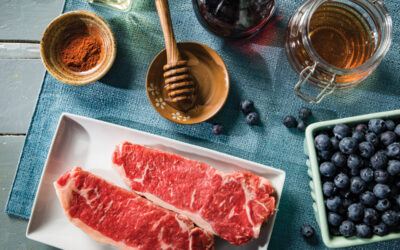
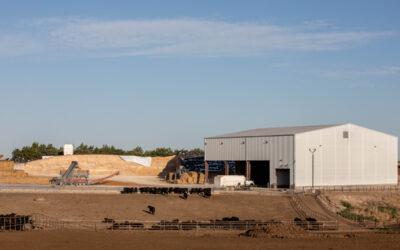
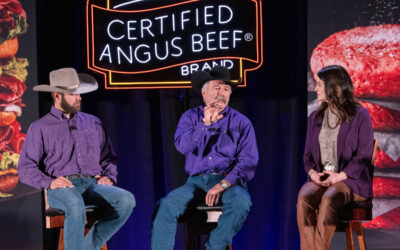
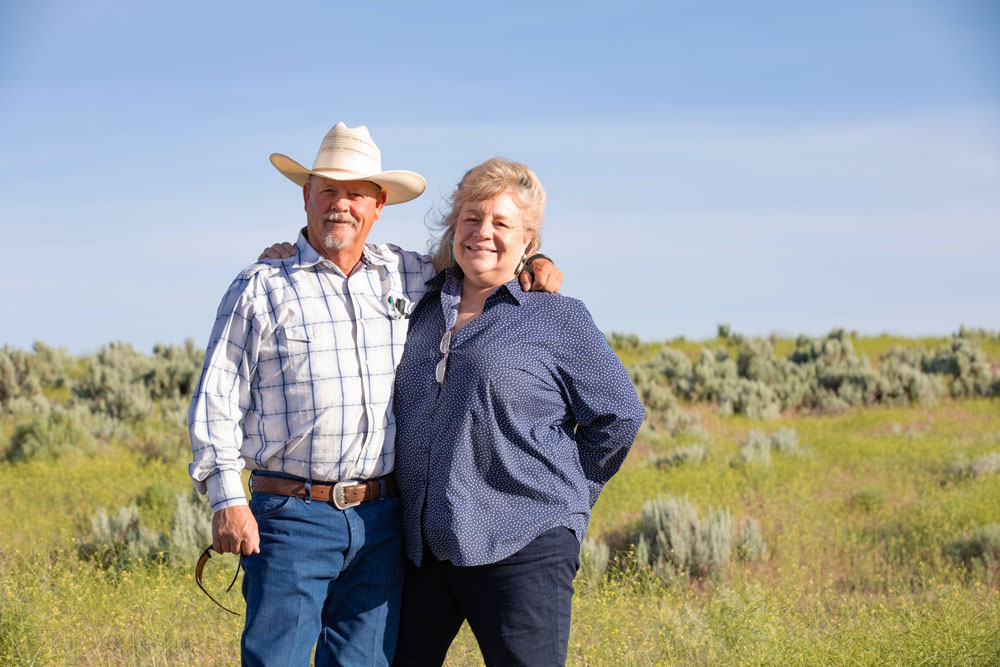

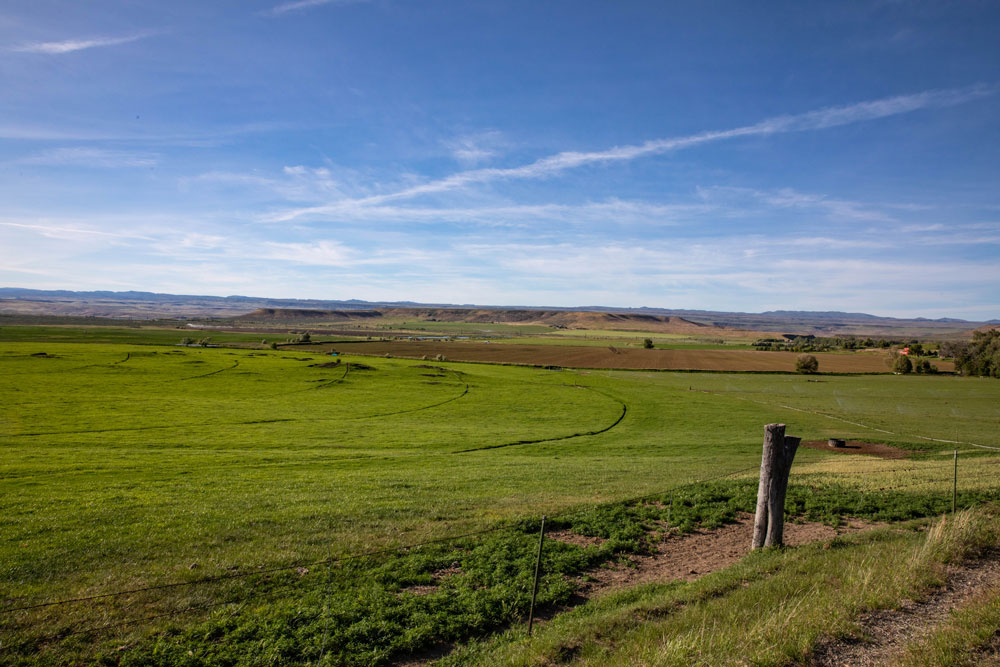
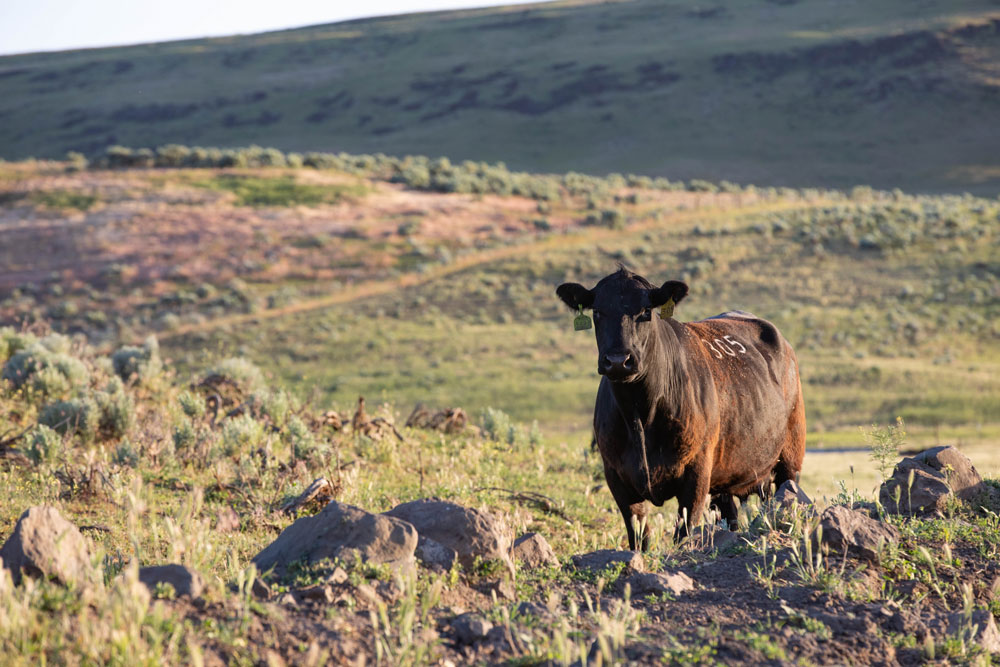


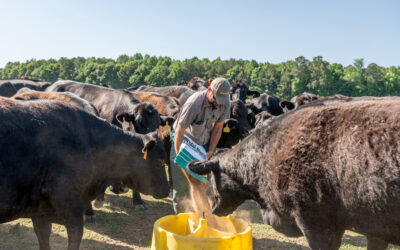
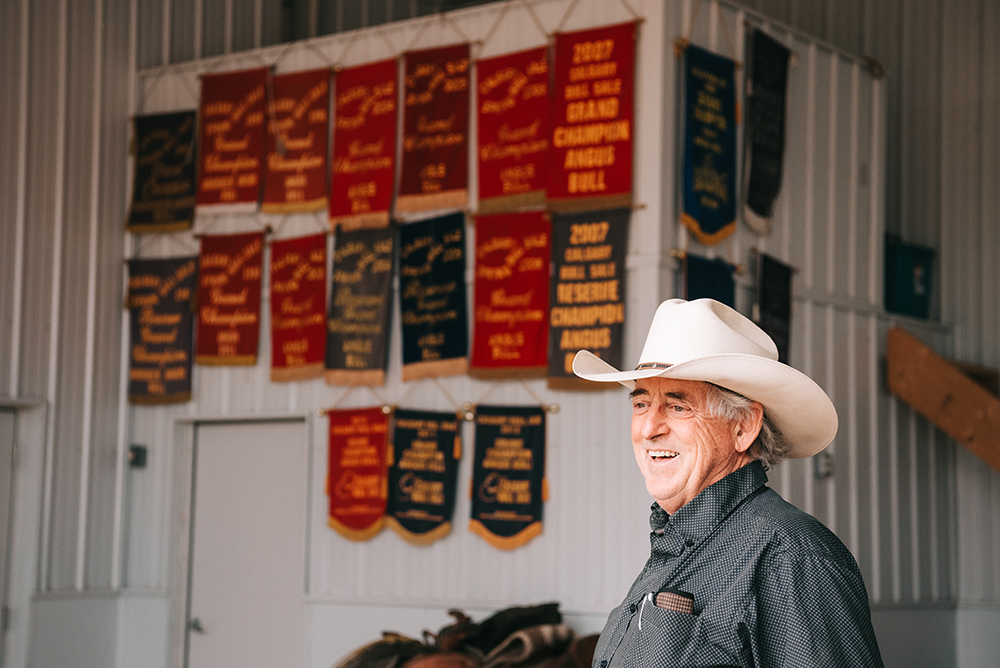
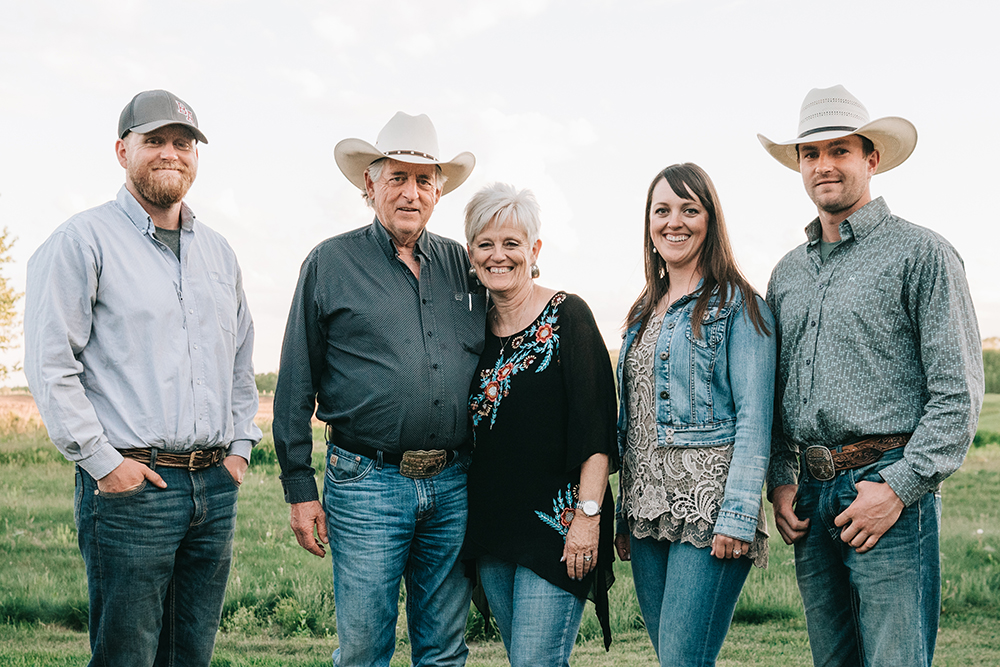
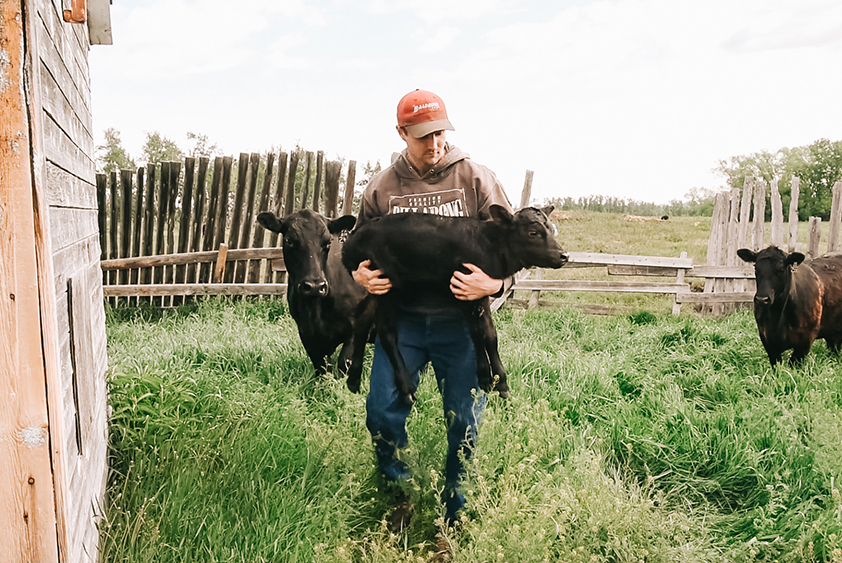
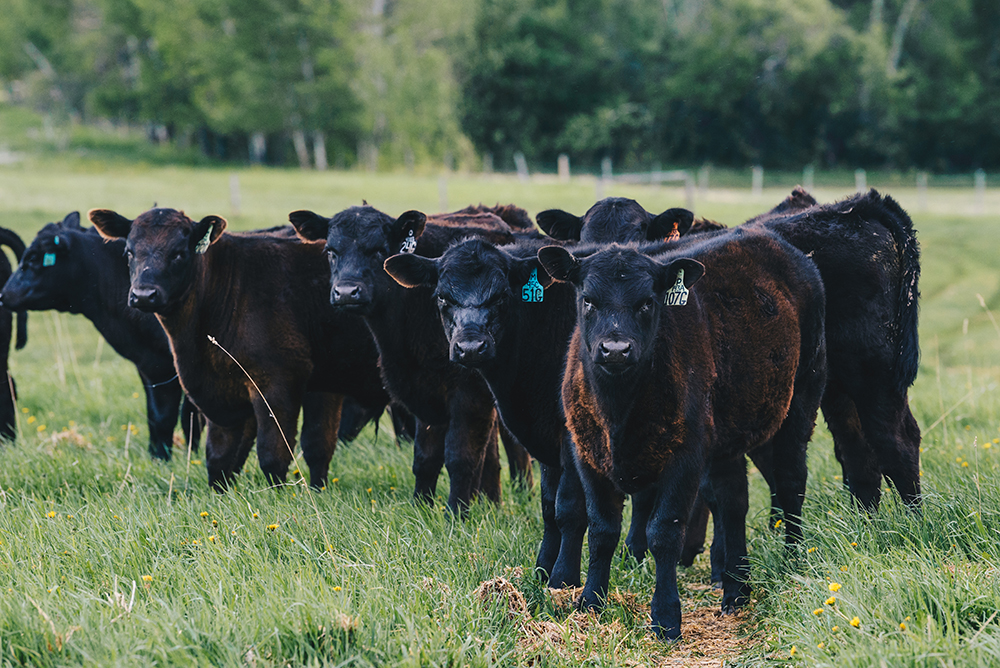
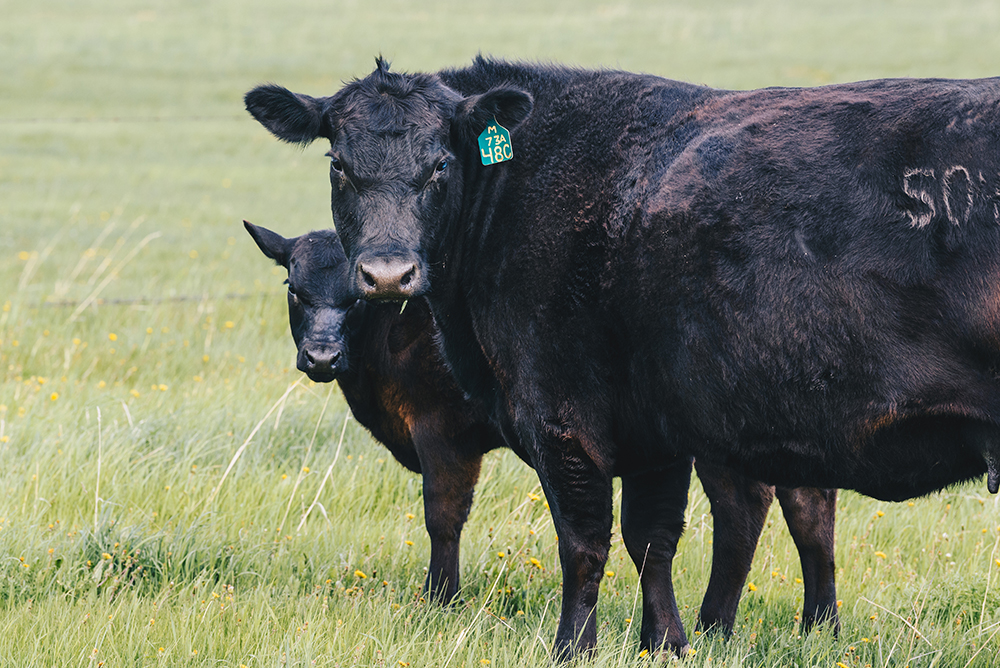
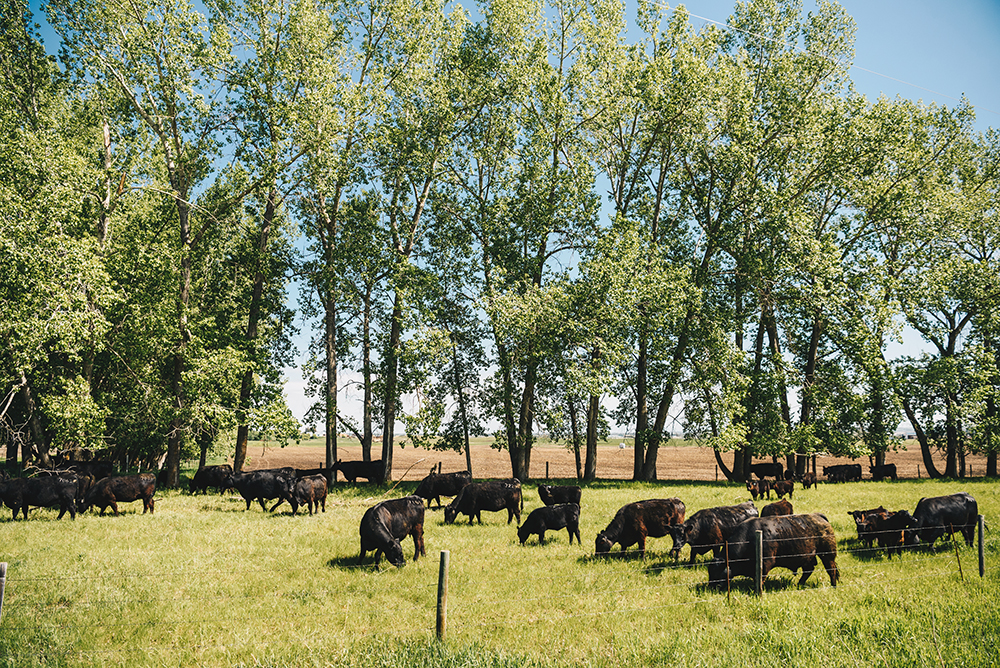







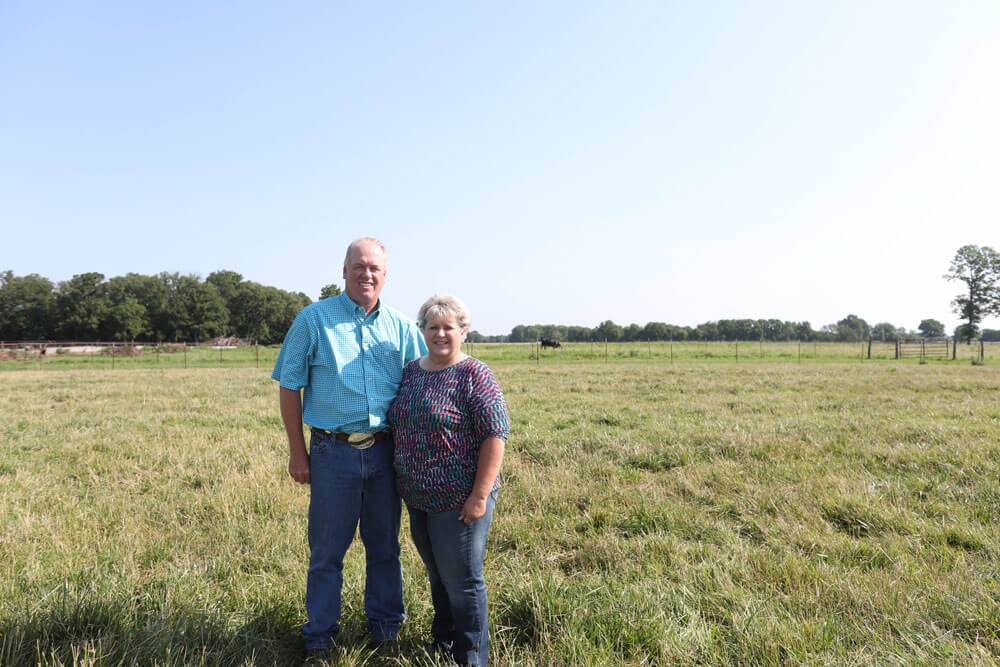
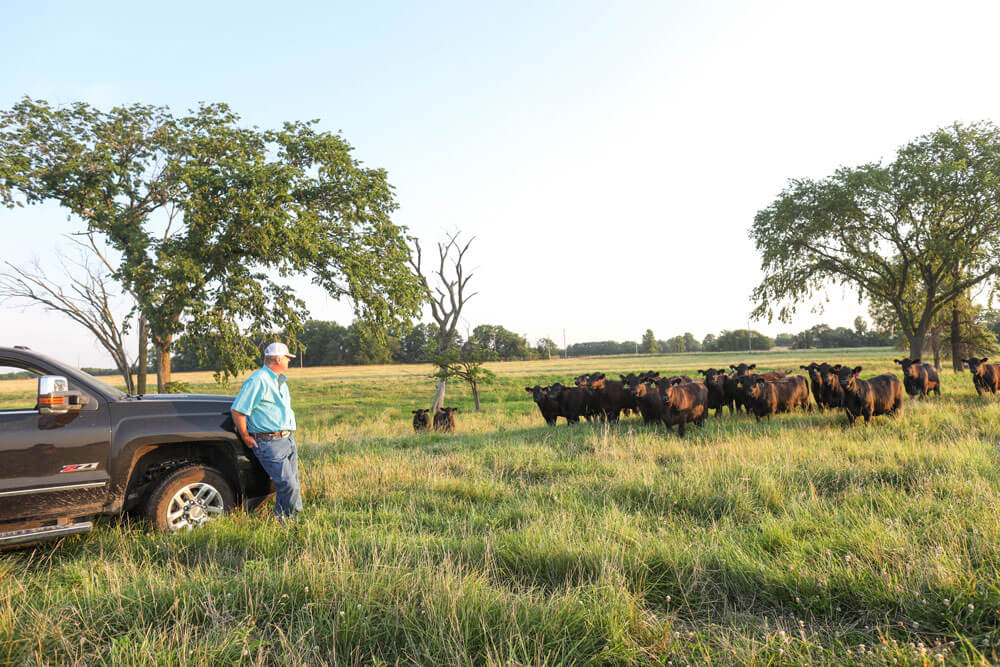

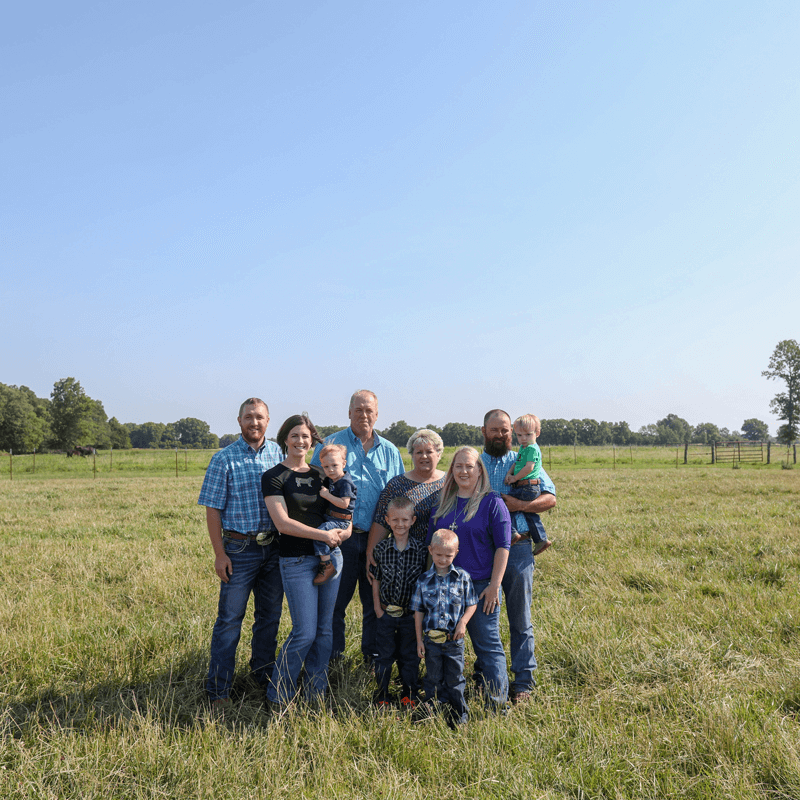
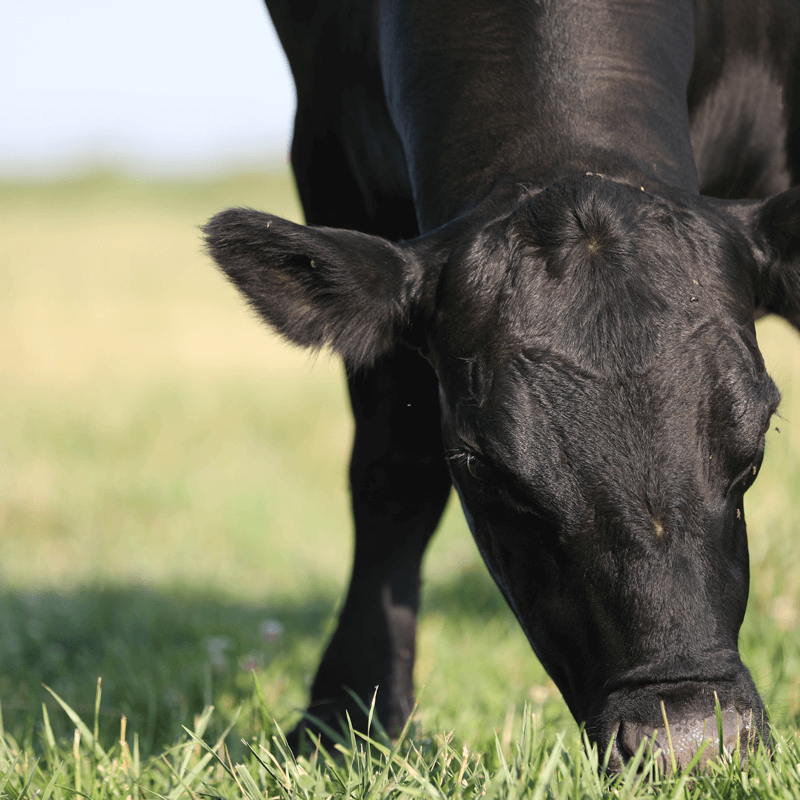


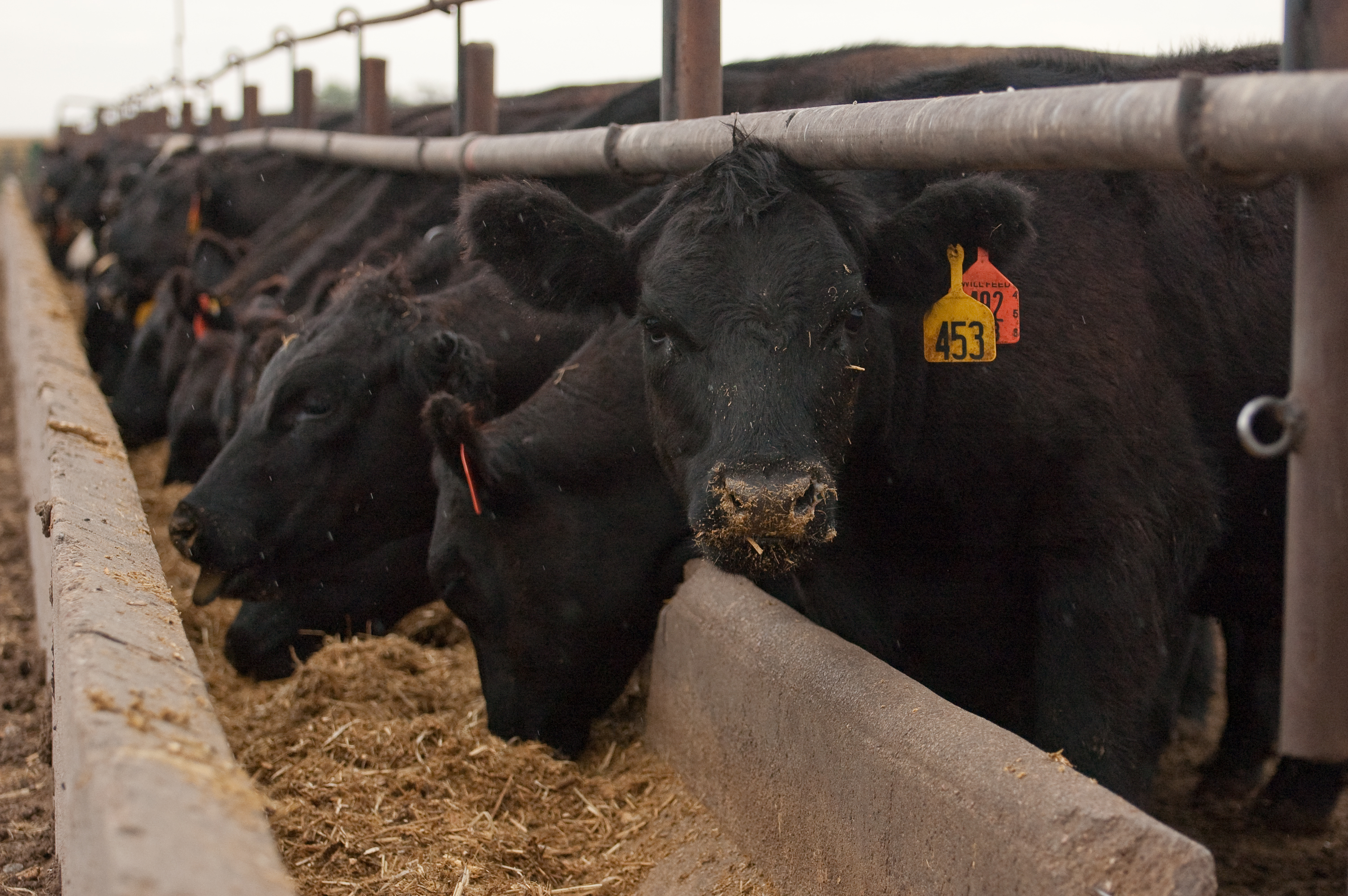


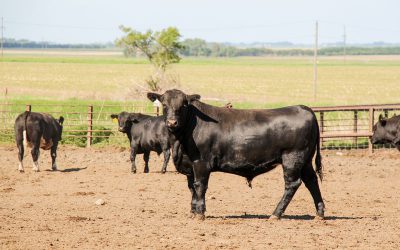
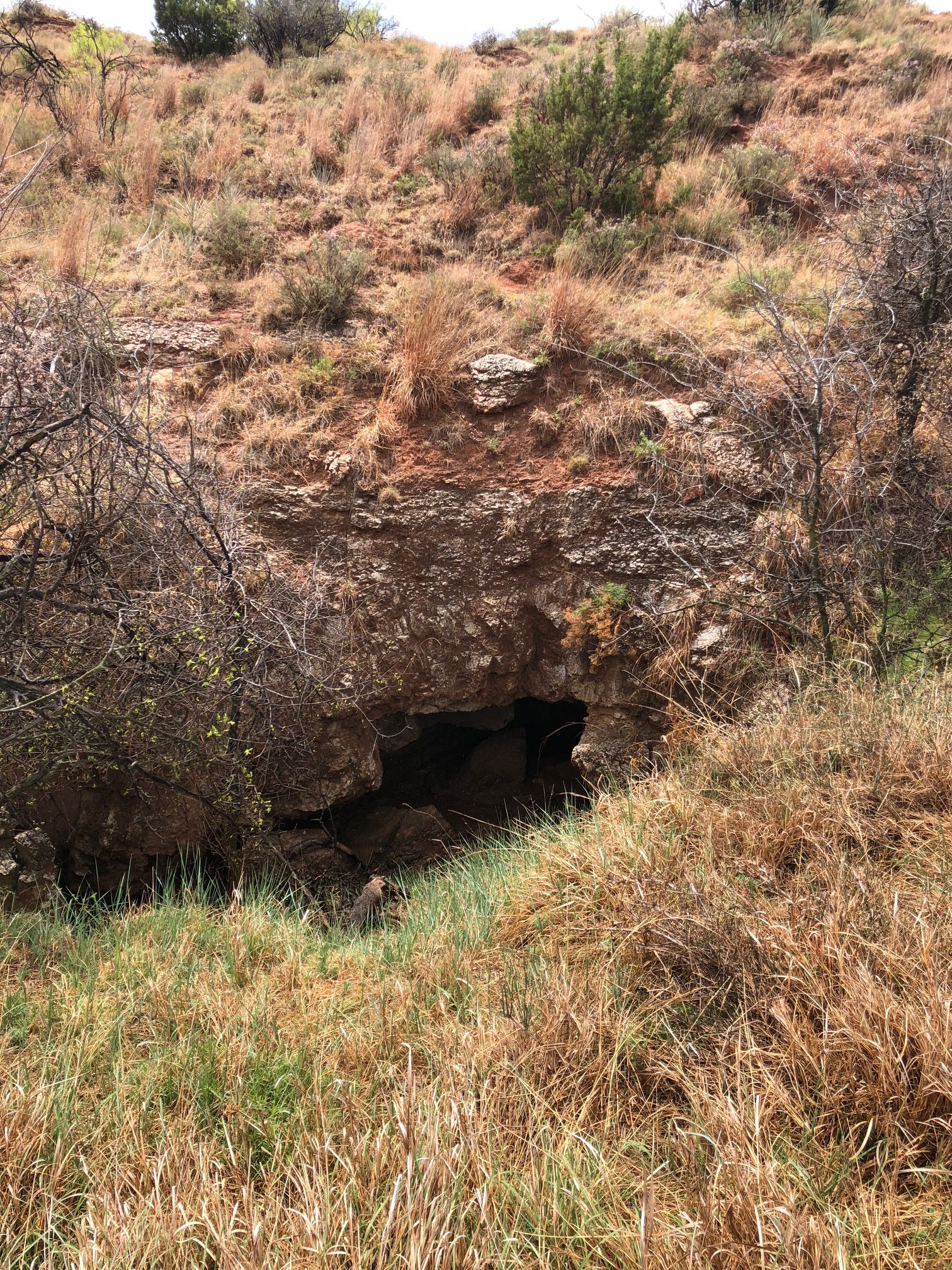



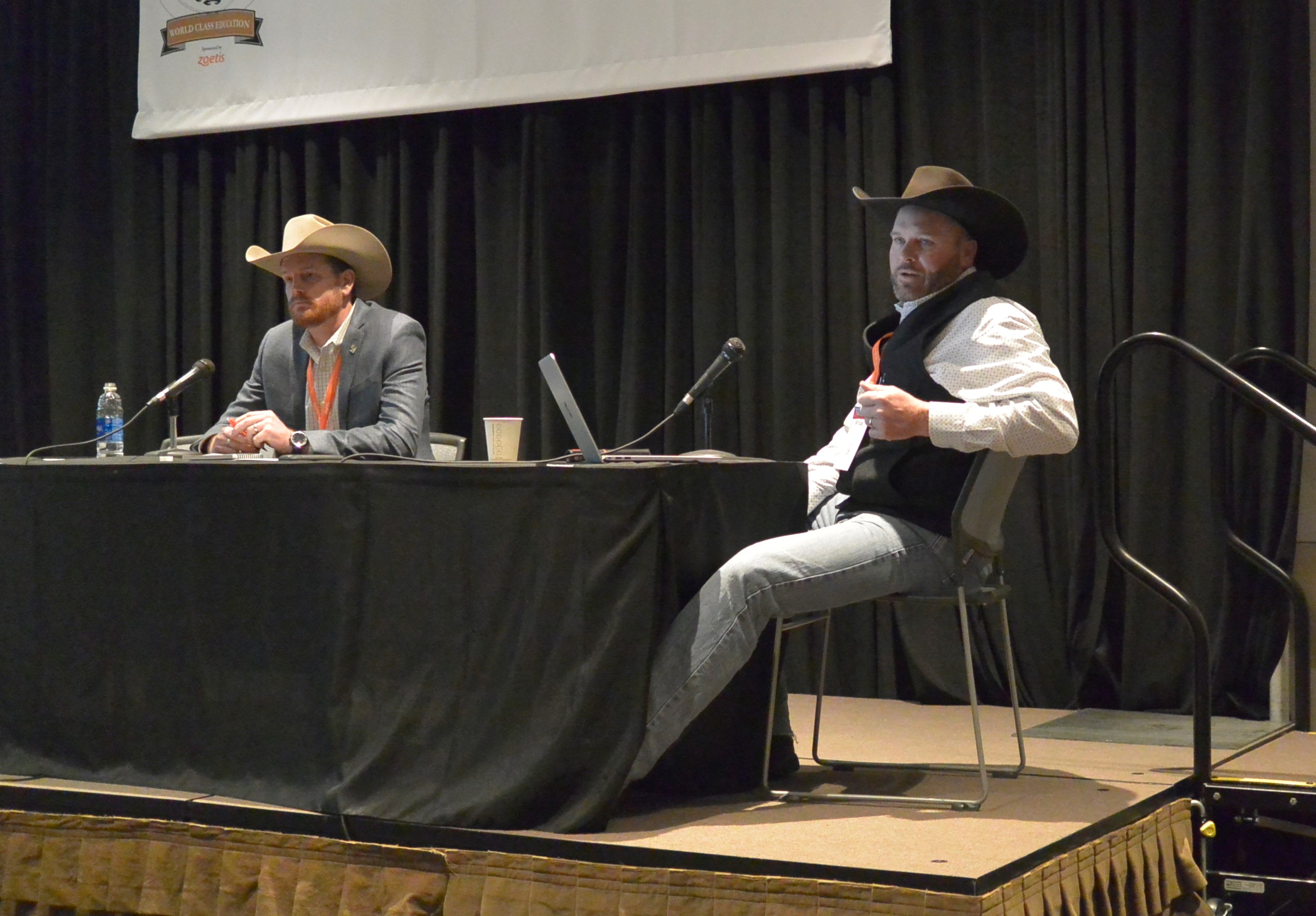

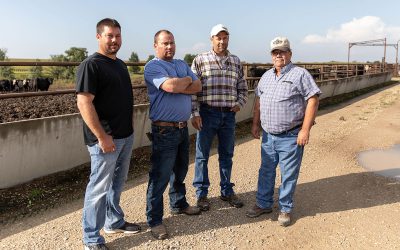
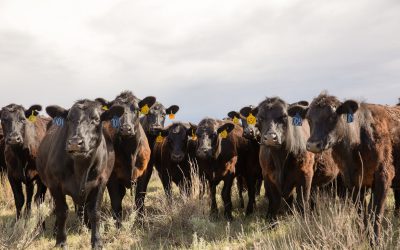
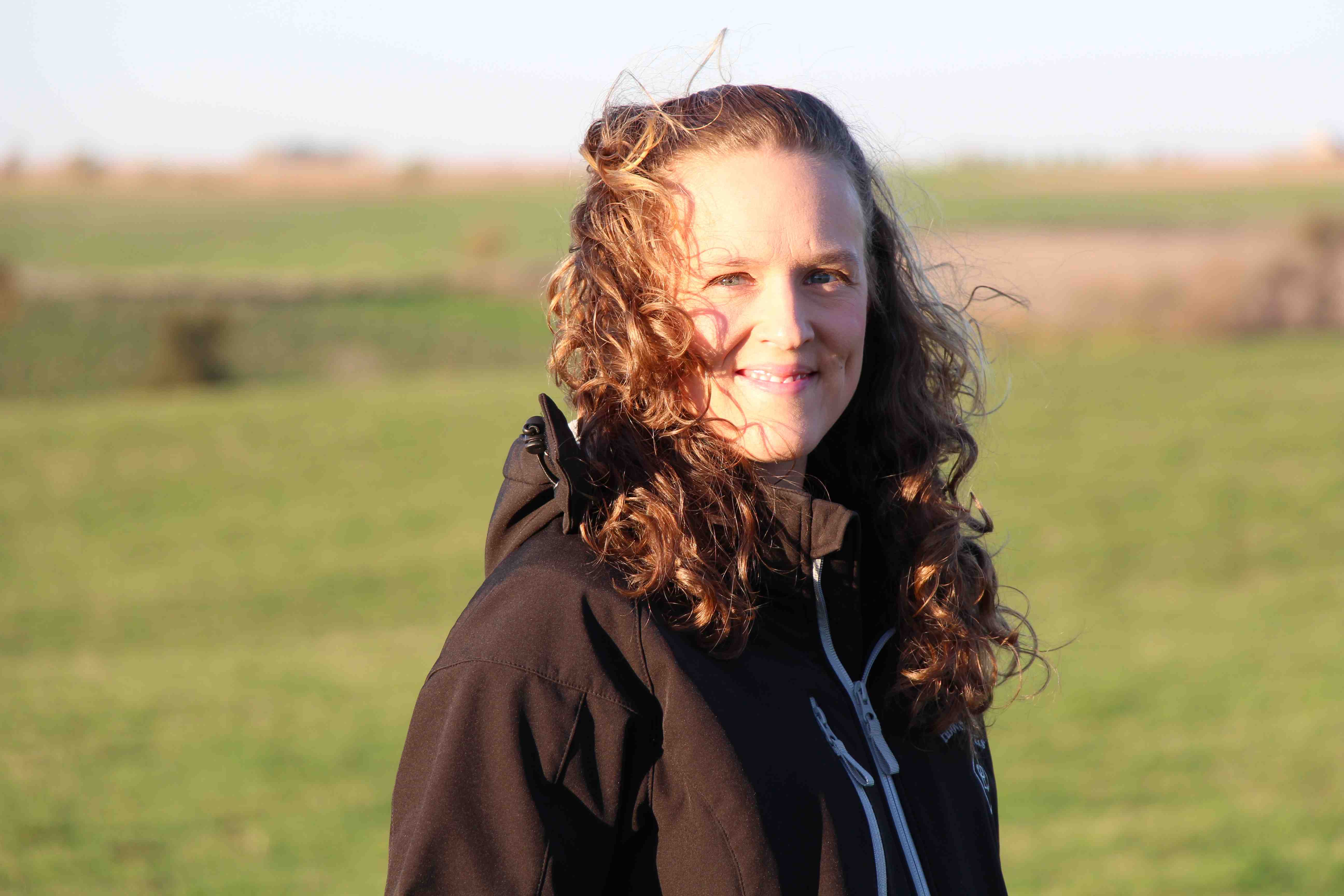
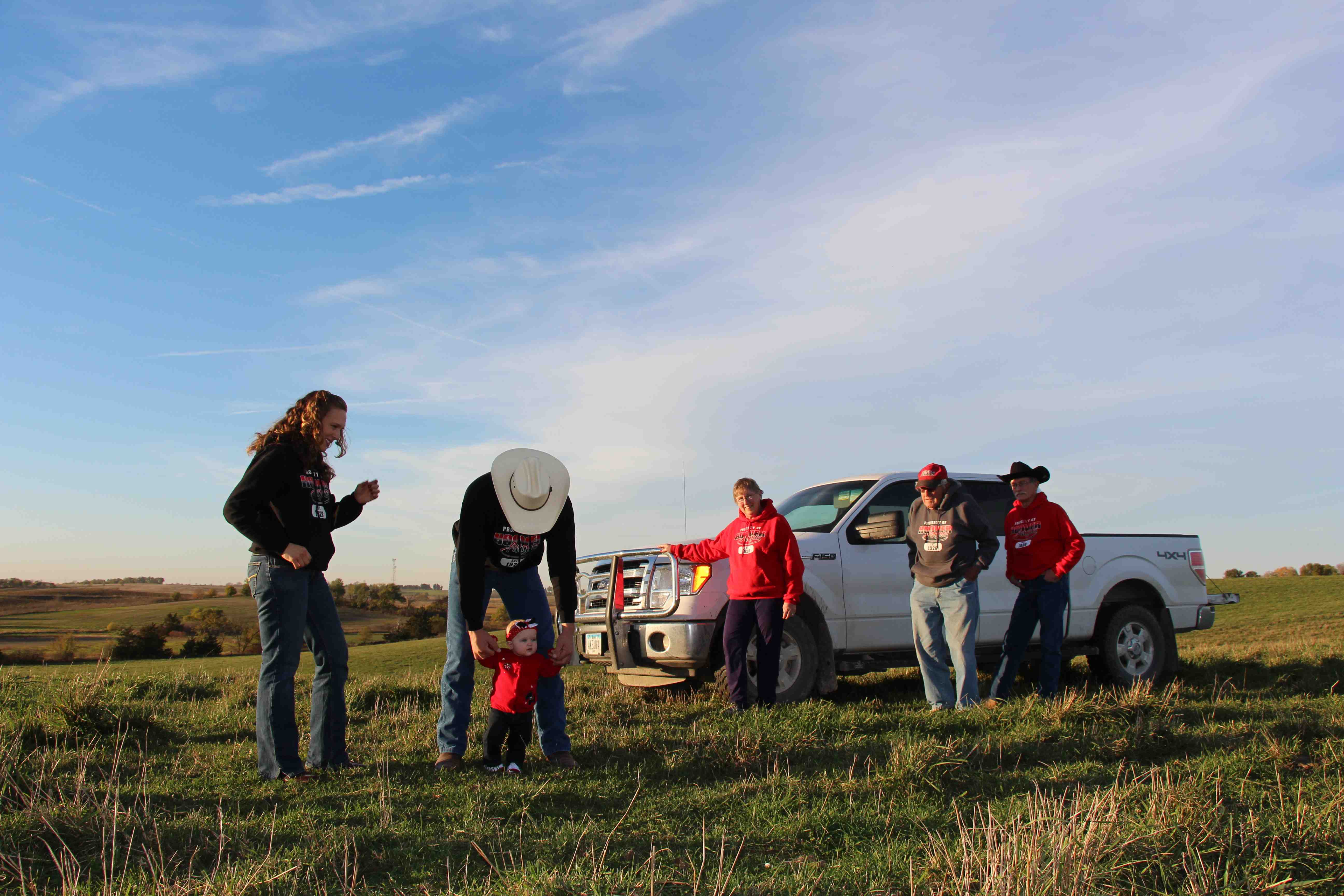

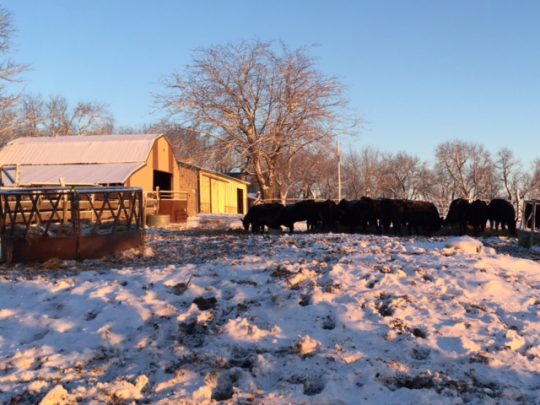 I’m proud to associate with the logo because it is “aspirational” for the herd. I will select and manage them to keep getting better and better at hitting the target and profitably supplying the brand.
I’m proud to associate with the logo because it is “aspirational” for the herd. I will select and manage them to keep getting better and better at hitting the target and profitably supplying the brand.
